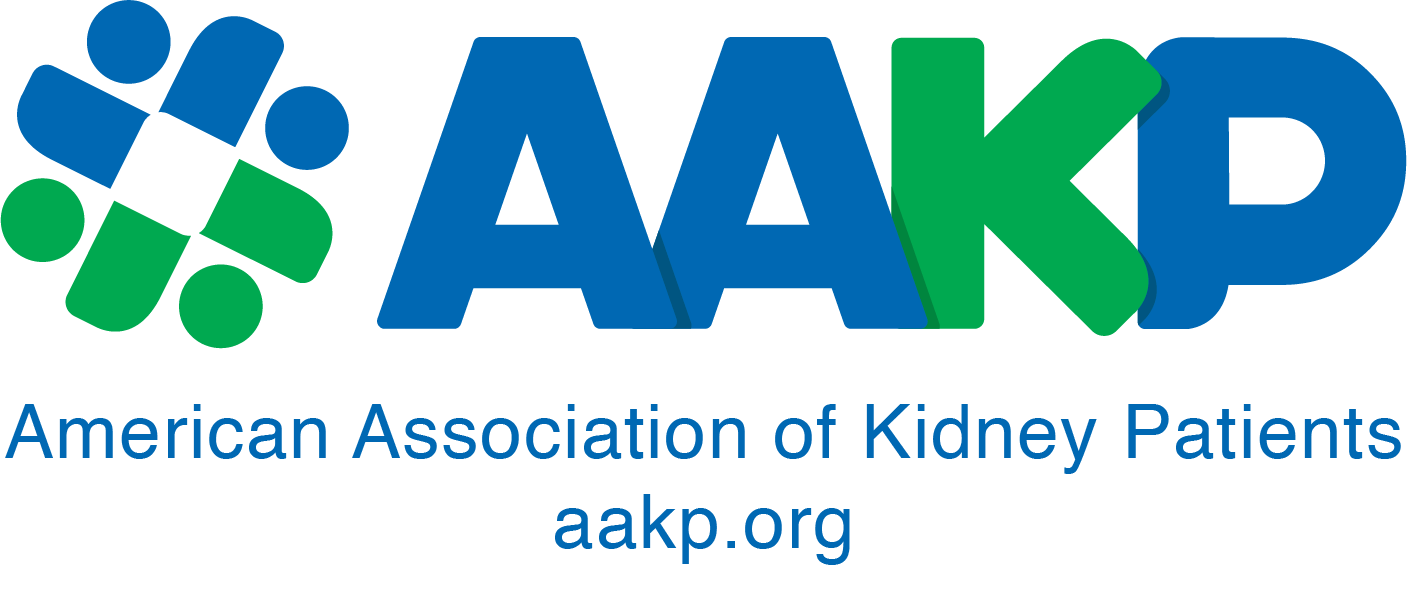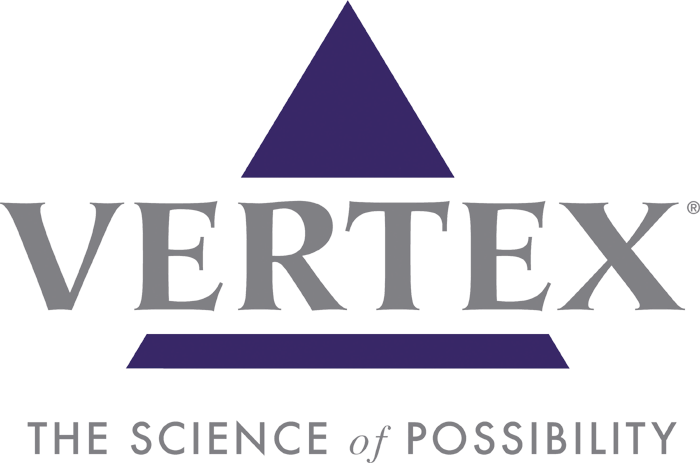Renal replacement therapy or dialysis is a life sustaining treatment that is offered when the kidneys are too damaged to continue to work properly. In this article, we will focus on standard or in center three times weekly hemodialysis, which is the most common type of dialysis performed in the United States. Dialysis options also include home hemodialysis, nocturnal hemodialysis, and peritoneal dialysis. The decision of what type of dialysis to pursue is a personal decision that is undertaken with the support and guidance of your nephrologist. Many factors are taken into consideration, including your preferences, level of independence, social supports, and overall health status.
Topics to be reviewed include kidney function, how hemodialysis works, what to expect during a treatment and how to prepare for these major life changes. Research has shown that patients who are informed about their illness and who are provided with opportunities to take an active role in their treatment report improved quality of life and feel better.
Function of Healthy Kidneys
Healthy kidneys play an important role in removing the body of waste products generated by daily metabolism. In addition they also help maintain your body’s fluid and electrolyte balance. Your kidneys also produce hormones that are involved in maintaining the health of your bones, productions of red blood cells, and control blood pressure.
Symptoms of Kidney Failure
Advanced and irreversible kidney failure means that the kidneys can no longer perform these functions well enough. This can result in many symptoms that include fatigue, decrease appetite, metallic taste, nausea, vomiting, weight gain and swelling from excess fluid retention, breathing difficulty, itching, sleep disturbances and in late stages changes in level of consciousness. When this occurs, you will need renal replacement therapy to ease your symptoms. Hemodialysis does not prevent or reverse kidney failure. It can replace some of the functions of healthy kidneys, but not all.
In addition to the hemodialysis treatment, your doctor may prescribe medications to supplement lost kidney function. Some of the medications taken previously in oral form, can be given instead through the dialysis machine during treatment. These include medications to treat anemia, bone balance, and prevent blood acidity. You may also be told to take oral medications to control blood pressure and to reduce the amount of phosphorous in your body.
How Hemodialysis Works
Hemodialysis is performed in a dialysis center, three times a week, with the patient being connected to the dialysis machine by blood lines or catheters. The hemodialysis machine houses a computer, a pump, a dialyzer or filter, and dialysate or dialysis solution. The machine’s computer monitors blood flow, blood pressure, and how much fluid is removed from your body during your treatment. The pump moves the blood from your body, to the dialyzer, and then back to your body. The dialyzer acts as a replacement kidney during your treatment. It is a hollow plastic tube made up of many tiny filters. A semi permeable (spongelike) membrane separates the blood from the dialysate fluid. The dialysate fluid pulls waste products from the blood. This process allows extra body water and wastes to be removed from the blood. The dialysate with poisons and extra water flows to the drain, the cleaned blood is returned to your body. The dialysis machine also has many safety detection features.
Time to Prepare
Most patients with chronic kidney disease (CKD) are followed in CKD clinic, for months to years, before needing dialysis. The decision to start dialysis is based on symptoms of kidney failure and uncommon laboratory results associated with advancing kidney failure. Before this point is reached, you will typically have been asked to go talk to someone about your dialysis treatment options. If you choose hemodialysis, you will be educated regarding the time needed to prepare yourself for dialysis.
The Hemodialysis Access
Hemodialysis requires a surgical procedure, to create a connection between your blood vessels. This site is where the blood can flow in and out of your body during the dialysis treatments. This is called the dialysis access. Preparation for hemodialysis starts up to six months or more, in advance of your first treatment. This time is needed to have a dialysis access placed in your arm by a vascular surgeon. As with any surgical procedure, you will need to be medically cleared. The surgeon will want to meet you and discuss the options. The surgical access takes time to heal or mature, before it can be used. In some cases, the surgeon will plan for a two stage surgical procedure.
Three types of accesses:
Arteriovenous Fistula (AVF). A surgically created connection between an artery and a vein, usually in your non dominant arm. This is the preferred type of access because of effectiveness and safety. However it may take several months for the fistula to form or mature.
Arteriovenous Graft (AVG). If your blood vessels are too small or not available, then the surgeon may use a synthetic material, a graft, to connect your artery to vein. A graft access can be used within a week or two, but is more prone to infection and clotting. In general, a graft access will not last as long as a fistula.
Central Venous Catheter (CVC). This is usually used if you need emergency hemodialysis. It is also used as a temporary access when AVF or AVG is not yet available. It is a synthetic tube that is inserted into a large neck vein, and protruded from below the collarbone. It may also be placed in the groin. The catheter is also prone to infection and blockages.
The Hemodialysis Procedure
You will be seated in a comfortable chair while you receive your treatment. During your treatment, you may watch movies on TV or DVD, read, rest, or socialize with neighboring patients.
When you arrive at the center, you will learn the routine of having your vital signs checked (weight; BP; HR; T). A nurse or dialysis technician will clean your access site. For fistula or graft, two needles will be placed at the access site and taped securely in place. This is usually performed by a certified hemodialysis technician. Each needle is attached to a catheter or tube which is connected to the dialyzer. One tube brings a small amount of blood to the dialyzer for processing and the other tube returns the blood to your body. Your doctor can prescribe a numbing cream to be applied in advance of needle placement. When your treatment is completed, the access needles are removed from your arm, and a small pressure bandage is applied. Over time, many patients report that the discomfort of needle placement is momentary and tolerable.
The first treatment will be short, about an hour and will gradually increase to your full time of 3-5 hours by the first week. You may experience nausea or cramping in the muscles as the excess fluid is removed from your blood. Your treatment team can discuss strategies to minimize these side effects, including altering the machine parameters, medication adjustments, and dietary changes. You will have a BP cuff in place for repeated measurements during your treatment. Registered nurses assess each patient, monitor patient’s during treatment and give medications. You may hear some of the dialysis machine warning sounds during your treatment. This means that the machine’s computer is doing its job to monitor your treatment and alert your caregivers to provide any needed adjustment.
Your vital signs and weight are rechecked post treatment, to make sure you are medically stable. Then you are then able to leave and resume your usual activities until your next session.
Fluid and Dietary Adjustments
Once hemodialysis is started, it is very important to watch your fluid intake, because your kidneys cannot get rid of all the excess fluid as urine. In addition the dialysis treatment is limited in the total amount of fluid that can be removed each session. It can be a challenge for dialysis patients to find the right balance of fluid intake. This is where you can rely on your treatment team for support and guidance. One approach to controlling thirst is to limit salt intake. Your dietician can help you identify hidden sources of salt and educate you about alternatives, ie herbal seasoning.
In addition to a new awareness of fluid and salt intake, you will learn about helpful dietary changes to make. Choosing foods that are lower in potassium and phosphorous will be important. Your dietician will provide individualized menu planning based on your weight, food preferences, kidney function, and other medical diagnoses.
Laboratory Monitoring
Your blood will be monitored regularly as a dialysis patient. Blood is drawn during your treatment from the tubing that connects your access to the machine. The results of your lab work will tell how well you are being dialyzed and guide your nephrologist in adjusting your treatment parameters, diet, and medications. Be sure to take your medications according to prescription and bring them when requested to your dialysis unit for medication review.
The Team
Hemodialysis requires a big commitment and life change for patients. But it is important to remember that you are not alone in this new endeavor. There is a team of trained and compassionate providers in place to support each patient in this process. Team members include the nephrologist; nurse practitioner or physician assistant, dialysis nurse; certified dialysis technician; social worker; renal dietician; ward clerk. Each member plays a specific role and works together with you to provide support, education, training, and specialized care.
























